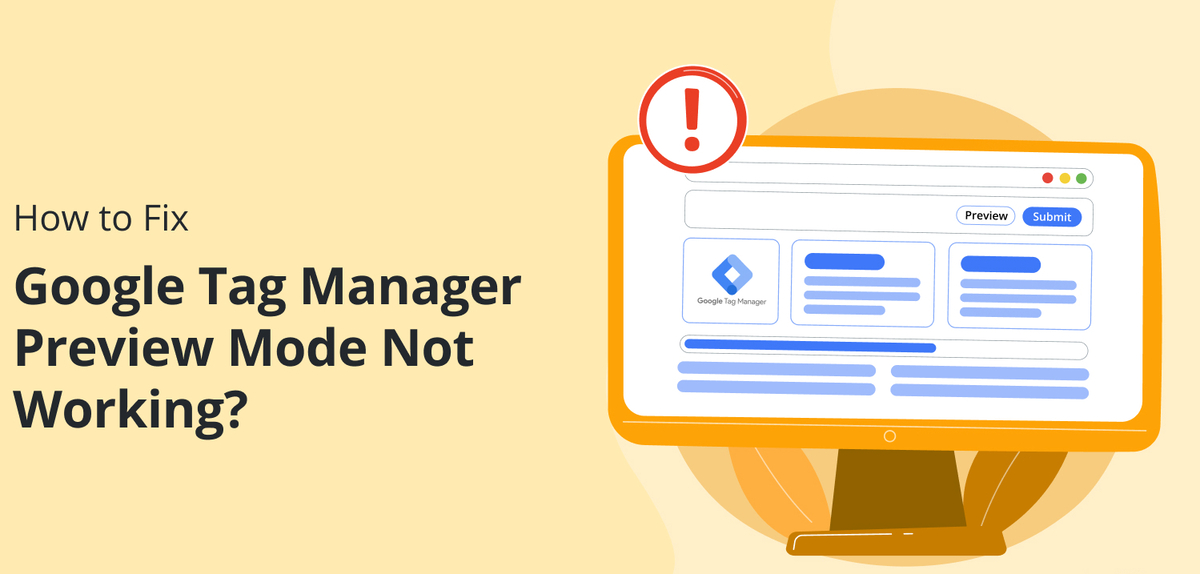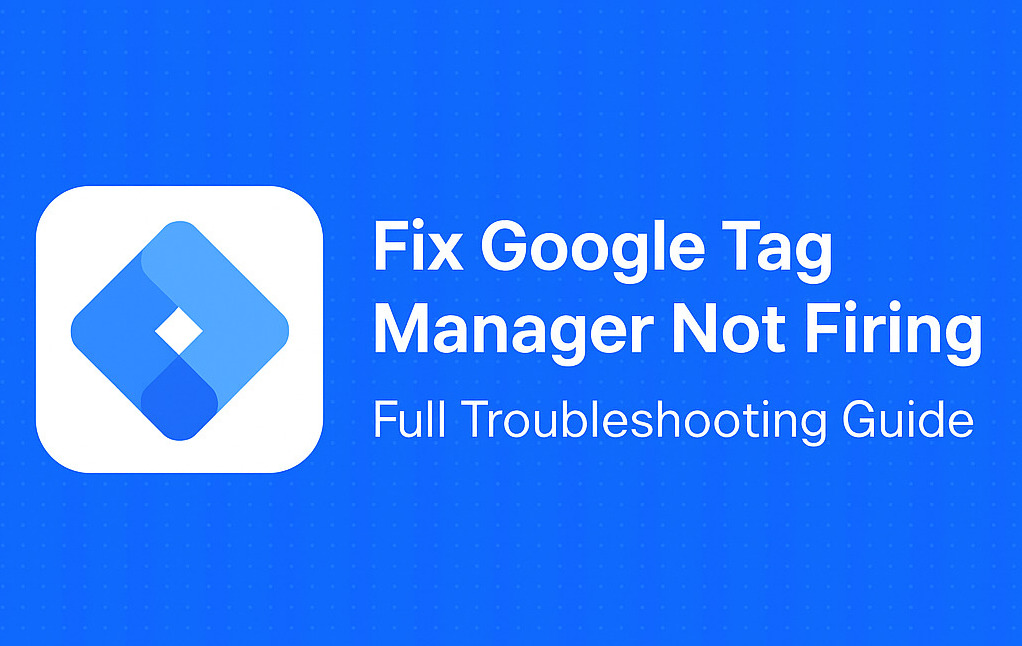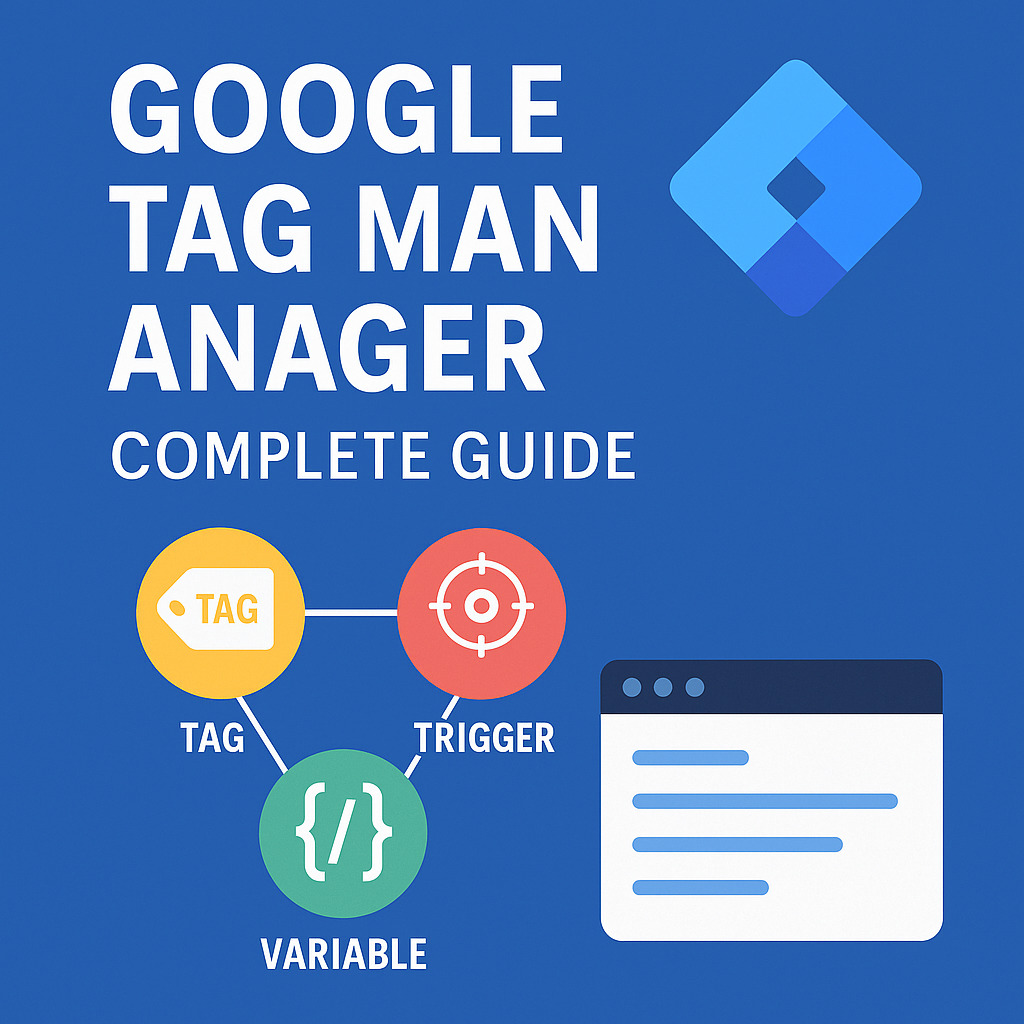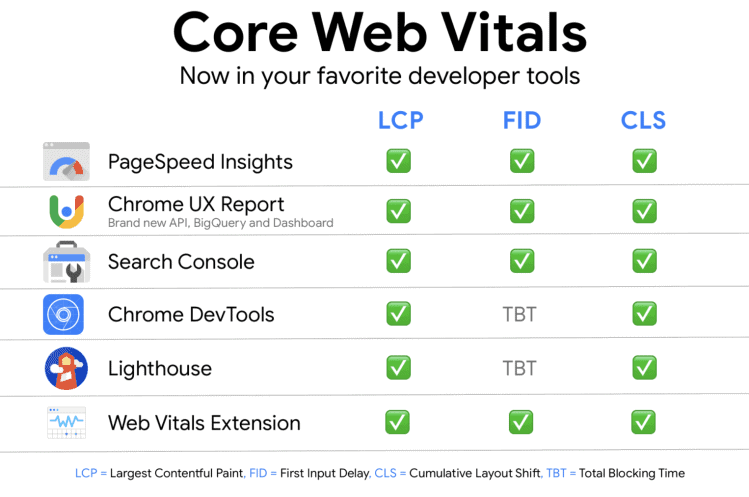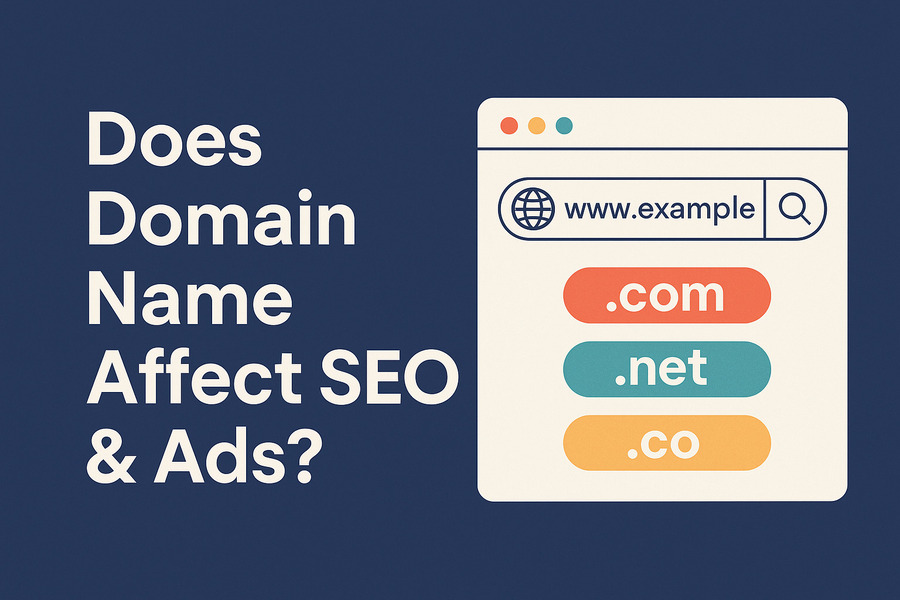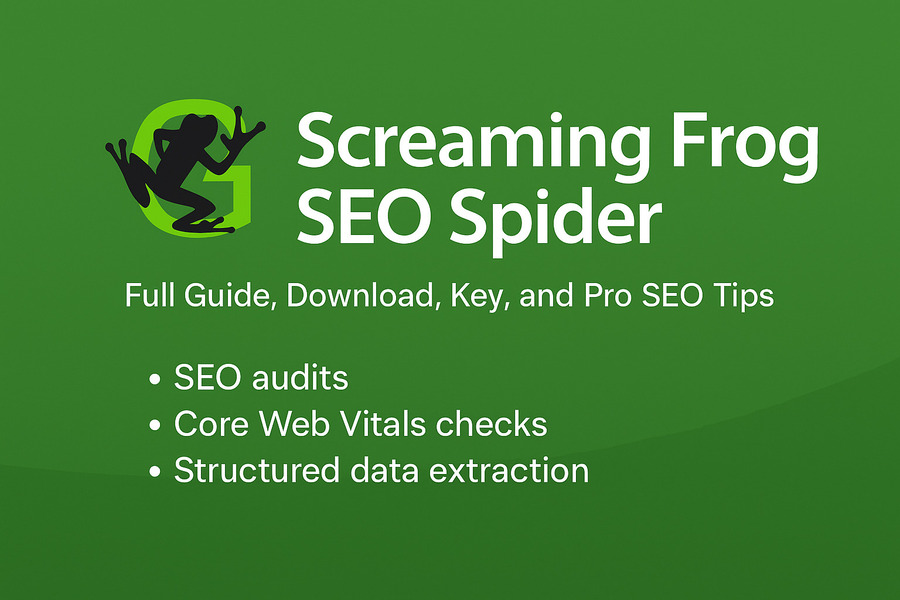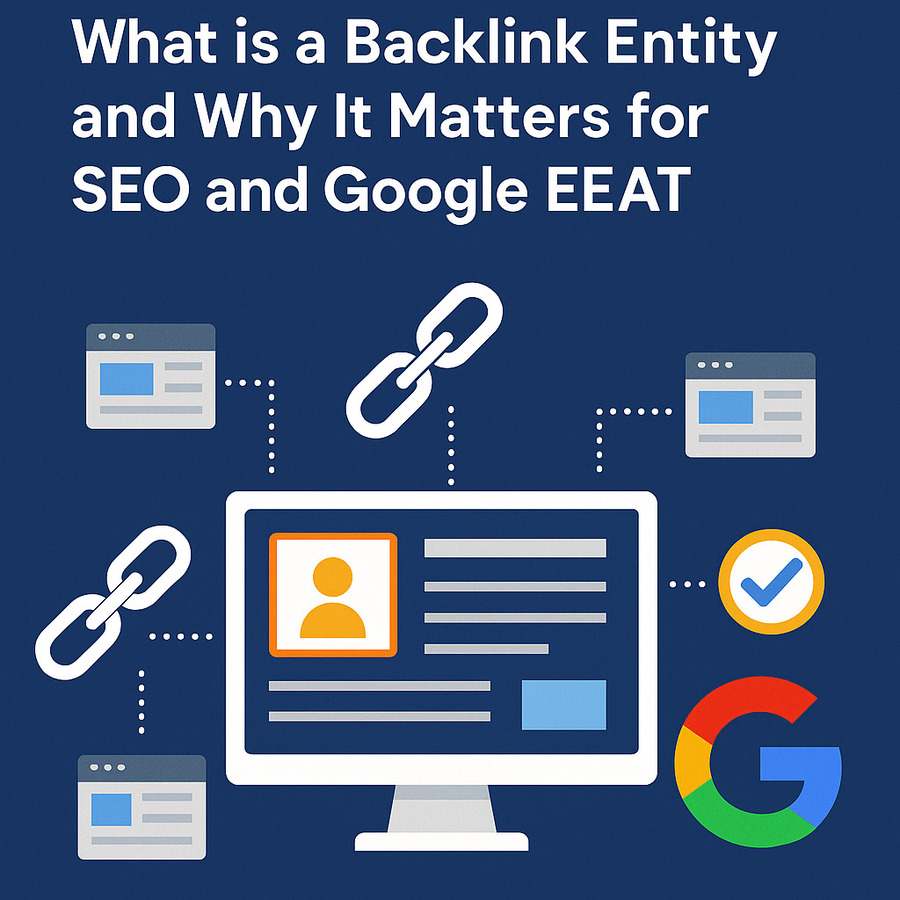Soft 404 Error Fix: How to Resolve SEO & Indexing Issues
Soft 404 errors are one of the most misunderstood yet impactful issues in SEO, especially for websites built on platforms like WordPress. Unlike traditional 404 errors, which clearly indicate that a page is missing, a soft 404 sends mixed signals to search engines. These errors occur when a page appears broken or irrelevant to users but still returns a “200 OK” HTTP status code.
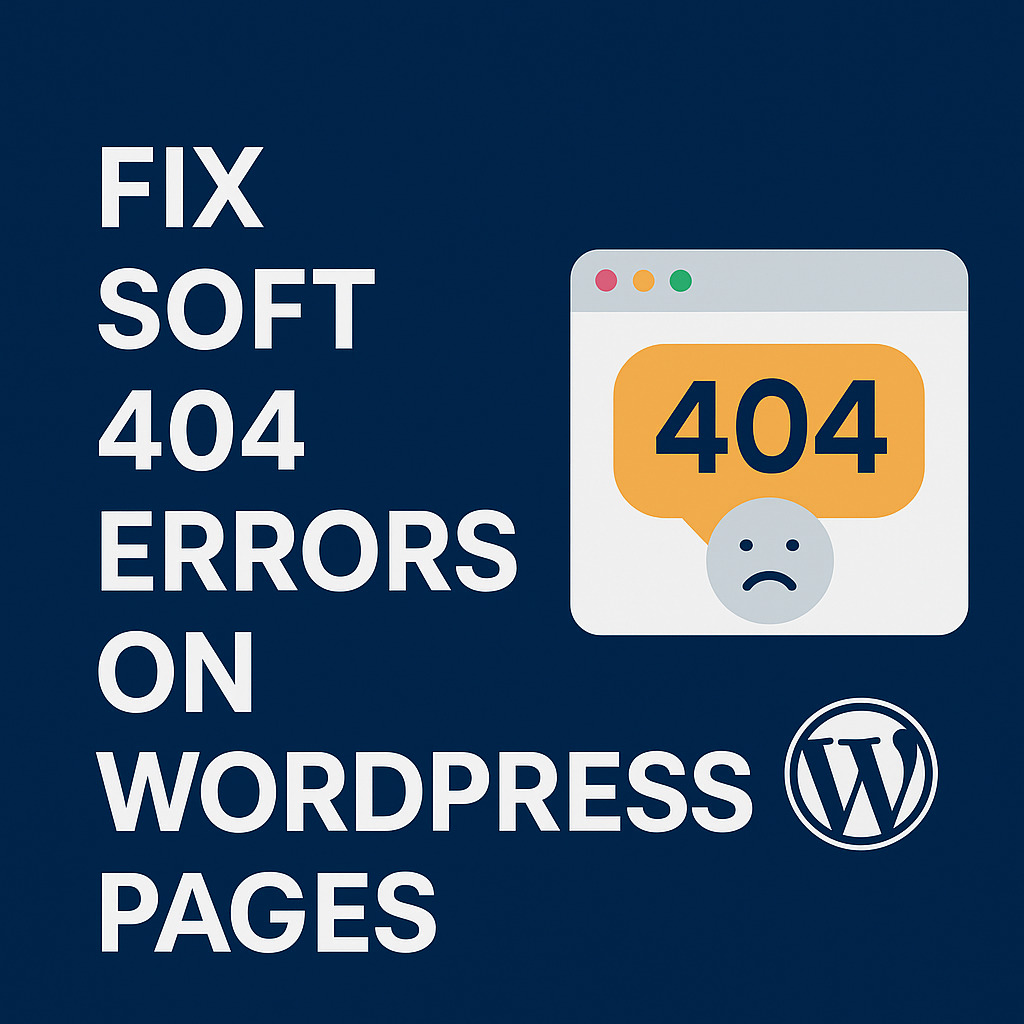
For SEO professionals, developers, and website owners, failing to fix soft 404 errors can lead to indexing problems, wasted crawl budget, and declining search performance. In this guide, we’ll explain what a soft 404 error is, how it affects your SEO, and step-by-step methods to fix it—especially on WordPress websites.
What Is a Soft 404 Error?
A soft 404 error happens when a web page appears to be missing or provides little to no content, but the server incorrectly returns an HTTP status code of 200 OK instead of a 404 Not Found or 410 Gone. This mismatch creates confusion for search engines like Google, which expect content on a page marked as “OK.”
Soft 404 vs. Hard 404
A hard 404 is a standard HTTP response indicating that a page does not exist. It correctly returns a 404 status code, and search engines treat it accordingly.
In contrast, a soft 404 returns a 200 OK status, misleading Google into thinking the page is valid—even though the content is effectively missing or irrelevant. Google eventually flags it as a “soft 404” because the page adds no value to users.
Why Do Soft 404 Errors Happen?
Soft 404 errors can occur for several reasons:
- Empty product pages with no description or stock.
- Category or tag archive pages with no published posts.
- Placeholder pages (“Coming Soon”, “Under Construction”) with minimal content.
- Redirects to irrelevant or broken pages.
- Theme or plugin conflicts that generate blank output.
Soft 404 Status Code and Misleading Signals
Technically, soft 404s don’t have their own HTTP status code. Instead, they misuse 200 OK for content that should indicate failure (404 or 410). Google detects this by analyzing content length, structure, and language patterns—flagging the page if it looks like an error or lacks useful content.
How Soft 404 Affects SEO and Indexing
Impact on Google Index
When Google encounters a soft 404, it may choose not to index the page. In Google Search Console, you’ll find such pages under Pages → Not Indexed → Soft 404. These are pages Google deems unworthy of appearing in search results.
This affects:
- Organic visibility
- Crawl efficiency (wasting crawl budget)
- Overall domain trustworthiness

Impact on User Experience and Rankings
Users who land on soft 404 pages often bounce quickly due to lack of content or broken design. High bounce rates signal poor quality to Google, potentially affecting site rankings across the board.
How to Detect Soft 404 Errors
Using Google Search Console
Step 1: Go to Google Search Console > Pages > Not Indexed.
Step 2: Look for the “Soft 404” category.
Step 3: Use the URL Inspection Tool to view:
- HTTP status
- Indexing decision
- Rendered content
GSC remains the most reliable tool for identifying soft 404s as seen by Google.
Using SEO Crawlers
Advanced tools like Screaming Frog SEO Spider, Sitebulb, and Ahrefs Site Audit can help detect thin content or URLs that return 200 status but lack substance. Filter pages by word count, content type, and internal linking to find likely culprits.
Soft 404 Checker Tools
There are also online tools and APIs (e.g., SEOlyzer, HTTPstatus.io) that check your URLs for improper status codes and content structure. Combine these with crawl data for deeper analysis.
How to Fix Soft 404 Errors on WordPress
Fix Empty or Thin Content Pages
If a page is important but has little content:
- Add relevant content: text, images, FAQs, videos.
- Ensure proper headings and meta tags.
- Use internal links to boost SEO authority.
If the page is not valuable, consider removing it or redirecting it.
Fix Soft 404 for Product Pages
When products go out of stock or are discontinued:
- Use a 301 redirect to a related product or category.
- If the product is permanently gone and irrelevant, return a 410 Gone status.
- Avoid showing empty product pages that say “Out of Stock” without alternatives.
Fix Soft 404 on Category or Tag Pages
Categories or tags with no content should:
- Be set to noindex via an SEO plugin (e.g., Yoast SEO, Rank Math).
- Display helpful fallback messages like “No posts yet—check back soon!”
- Be removed or merged if unused.
Fix WordPress Redirect Issues
Improper redirects can lead to soft 404s:
- Redirects to broken pages or unrelated destinations confuse both users and crawlers.
- Use tools like Redirection plugin to manage and test 301/302/410 rules.
- Always test redirect chains to avoid loops and dead ends.
Fix Soft 404 Due to Theme or Plugin Issues
Faulty themes or plugins can generate empty or malformed pages:
- Disable suspected plugins and check the frontend.
- Use developer tools or “View Source” to confirm if content is rendering.
- Audit shortcodes and widgets that depend on dynamic data.
Best Practices to Prevent Soft 404 in the Future
How to Avoid Soft 404?
- Don’t publish placeholder pages.
- Monitor content length and structure (e.g., minimum 300–500 words for key pages).
- Set up fallback messages or related links when content is missing.
Monitor with Google Search Console
- Set alerts for new errors in GSC.
- Regularly review “Not Indexed” pages for unexpected soft 404s.
- Use sitemaps to help Google prioritize correct URLs.
Maintain Healthy Internal Linking
- Remove links to deleted or empty pages.
- Update internal links to point to relevant, high-quality content.
- Use broken link checkers (e.g., Broken Link Checker, Ahrefs) to scan site health.

Common Questions About Soft 404 Errors
Is Soft 404 a Ranking Factor?
Indirectly, yes. While soft 404s themselves are not a direct ranking factor, they indicate poor site quality, which can negatively affect crawl behavior and trust signals—hurting rankings over time.
Should I Use 301 or 410 for Removed Pages?
- Use 301 if you have a similar or alternative page to redirect to.
- Use 410 if the page is permanently gone and has no replacement.
- Avoid keeping deleted pages live with “This content is not available” messages.
Can I Just Noindex the Page?
Noindex can prevent the page from being indexed, but it does not fix the underlying soft 404 issue if the content is still weak or misleading. Google may still crawl and categorize it as soft 404 if it lacks value.
Conclusion
Soft 404 errors are often overlooked, but they can severely affect your site’s ability to rank and stay indexed in Google. By understanding what triggers them, using the right tools to detect them, and applying targeted fixes—especially in WordPress environments—you can restore indexing performance and improve SEO health across the board.
For long-term success, implement monitoring routines and content quality checks to prevent soft 404s from returning. A clean, content-rich, and technically sound site is always rewarded in search visibility.

